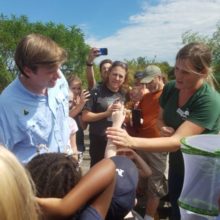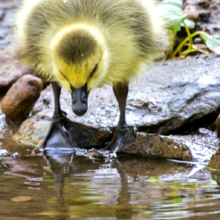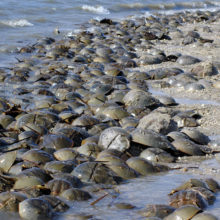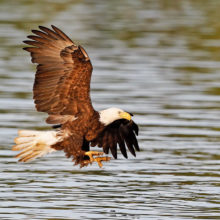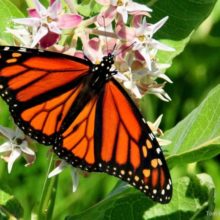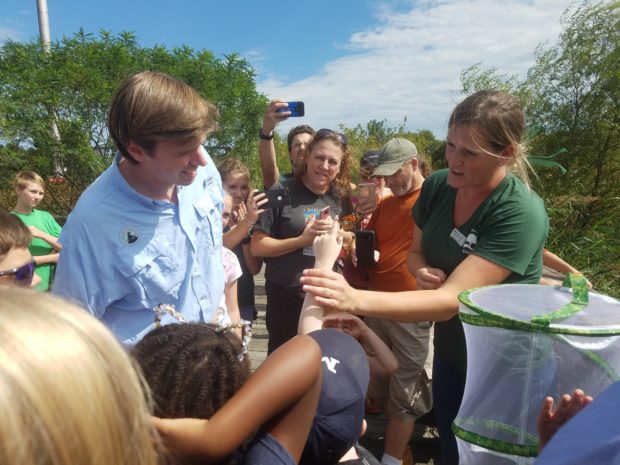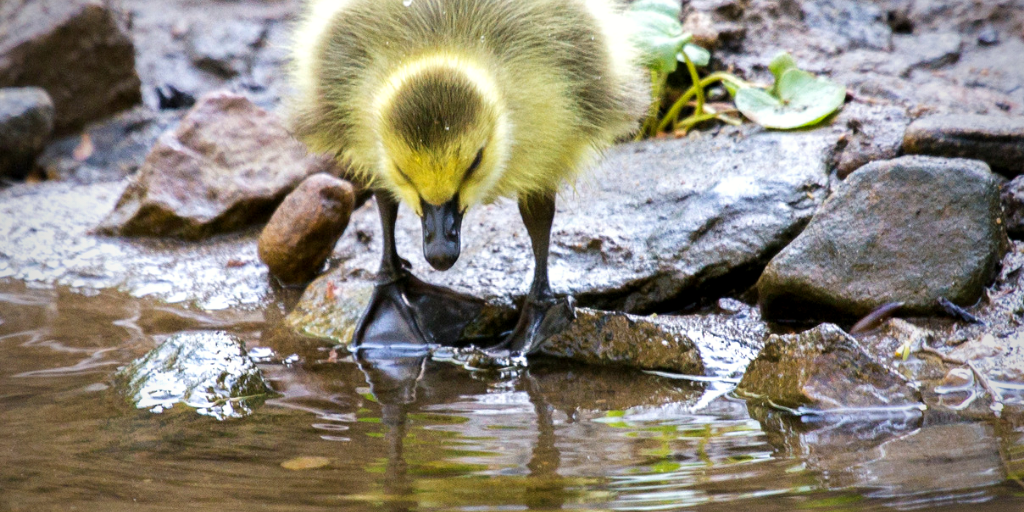Get Outside on Delaware River Waterways this Fall
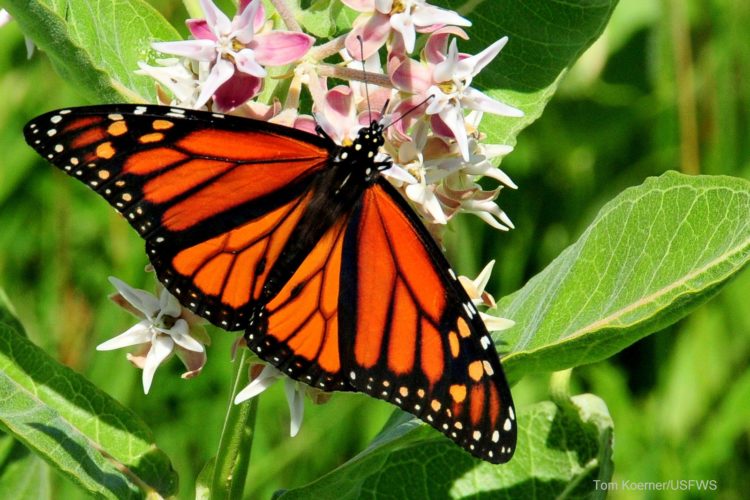
Yet, the sad fact remains that many of the 15 million people who rely on the Delaware River for clean drinking water don’t have the chance to experience wildlife and wild places first hand like my son’s first grade class. If people don’t connect and interact with their waterways and wildlife, they won’t work to protect them. To counter this problem, enter River Days, a new series of more than 30 interactive events in and along the water to help kids and adults get out and enjoy nature this fall.
I’m so excited that the National Wildlife Federation is able to help facilitate the events hosted by 23 local environmental education centers, giving the public the opportunity to find wildlife and enjoy the river. From the Catskills to the Delaware beaches, Delaware River waterways are home to countless wildlife species such as bald eagles, beavers, and shad, and are part of the monarch butterfly’s migratory path.
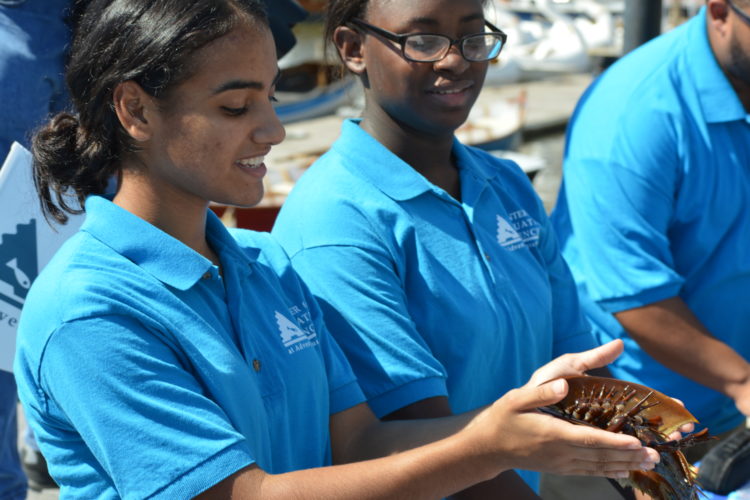
A student from Camden who participates in an after-school program shares what’s she’s learned about horseshoe crabs
Events will run the gamut of outdoor and aquatic recreational activities (birding walks, guided walking tours, sailing, paddling and rowing events, canoe trips, bike rides, nature photography sessions, harvest celebrations), hands-on learning opportunities for families with children (creature identification outings, scavenger hunts, live bird demonstrations, recycling games, water safety) and adult programs (green infrastructure discussions, advocacy courses, habitat restoration, cleanups). There are safe and easy options for anyone. More than 11,000 people are expected to participate in River Days activities, which are being supported by the William Penn Foundation and the National Wildlife Federation.
“River Days offers something for nearly every age and interest this fall and includes events from the Poconos south through Reading, Greater Philadelphia, South Jersey and Delaware,” said Linda Mead, president and CEO of the D&R Greenway Land Trust in Princeton, N.J., and River Days spokesperson. “River Days are also meant to educate visitors about the work of the environmental education centers. Thankfully our waterways are in better shape now than they had been for many years. Environmental education centers have certainly played a part in those restoration efforts, and they play a huge role in educating people on what we have to do as communities to continue to protect water quality,” she said.

River Days asks participants to pledge to support healthy Delaware River waterways
While many people in the Mid-Atlantic have challenges accessing wildlife, you can help change that dynamic, and take a critical step to preserve the land and water on which wildlife like the monarch butterfly depend. When you come to a River Days event, you play your part in helping wildlife by showing your support of clean water in the Delaware River watershed.
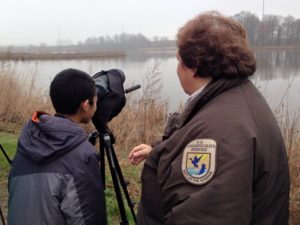
A student from Philadelphia’s Tilden Middle School enjoys the view at John Heinz National Wildlife Refuge, a River Days participant. Photo: USFWS
When my son came home from school, he described, in the hushed tones of a six year-old, the hard winters in Mexico that send monarchs to the cold pavement to die, as well as his excitement to watch his monarchs transform from caterpillar to chrysalis. He loves to get his hands dirty. I’m going to make sure I do too. I plan on attending a River Days event to count migrating monarch butterflies. We can all do our part by enjoying our time in the wilds of the Delaware River watershed, and sharing it with others – whether they have feet or wings.
For a full listing of River Days events, visit the River Days Facebook Page.
Can’t get out to a River Days event? Check out our friends at the 23 Nature Centers across the Delaware River watershed for chances to learn about wildlife hands-on year round, and learn about what you can do at home to protect waterways like the Delaware River.
Source: 4 the Delaware
